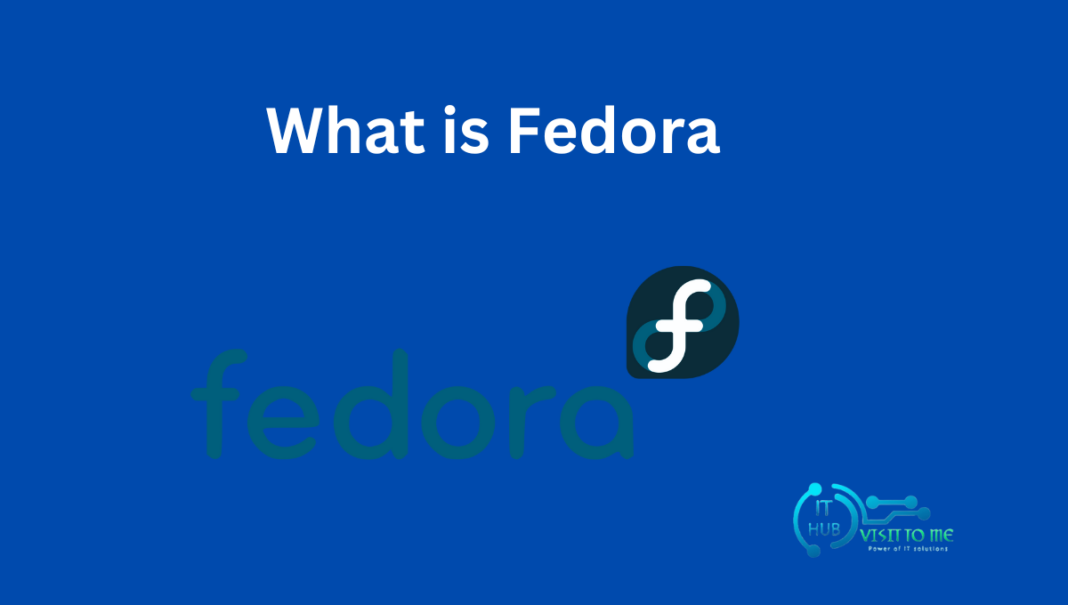Introduction:
Linux, an open-source operating system, has become a cornerstone of the computing world, powering a vast array of devices from servers to smartphones. Originally created by Linus Torvalds in 1991, Linux has evolved into a robust and versatile platform embraced by tech enthusiasts, developers, and businesses alike. In this blog, we will delve into the essence of Linux, exploring its key features and functionalities, and then compare five popular distributions, each with its unique strengths.
What is Linux?
Linux is a Unix-like operating system kernel that serves as the foundation for various operating systems, commonly referred to as Linux distributions or distros. Known for its stability, security, and flexibility, Linux is characterized by its open-source nature, allowing users to modify and distribute their versions of the operating system. The collaborative efforts of a global community have led to the development of a multitude of Linux distributions tailored for diverse needs.
Five Prominent Linux Distributions:
- Ubuntu:
- Base System: Ubuntu is built on the Debian architecture, known for its stability and ease of use.
- Desktop Environment: Default desktop environment is GNOME, but there are official flavors with other environments like KDE and Xfce.
- Package Management: Employs the Debian package management system (APT).
- Target Users: Geared towards both beginners and experienced users, balancing simplicity and functionality.
- Fedora:
- Base System: Developed by the Fedora Project, it serves as a cutting-edge, bleeding-edge distribution.
- Desktop Environment: Typically uses GNOME as the default desktop environment.
- Package Management: Utilizes DNF (Dandified YUM) package manager.
- Target Users: Appeals to developers and enthusiasts who desire the latest software and technologies.
- Arch Linux:
- Base System: Known for its minimalism and simplicity, it follows a rolling-release model.
- Desktop Environment: Minimal by default; users can choose and configure their preferred desktop environment.
- Package Management: Employs Pacman as the package manager.
- Target Users: Aimed at experienced users who prefer a DIY approach, allowing complete customization.
- CentOS:
- Base System: Derived from the sources of Red Hat Enterprise Linux (RHEL), CentOS is renowned for its stability and security.
- Desktop Environment: Typically used as a server OS, CentOS does not include a default desktop environment.
- Package Management: Uses the YUM (Yellowdog Updater Modified) package manager.
- Target Users: Primarily designed for server environments and enterprise applications.
- Linux Mint:
- Base System: Based on Ubuntu, Linux Mint provides a user-friendly experience with additional enhancements.
- Desktop Environment: Cinnamon is the default desktop environment, offering a classic desktop experience.
- Package Management: Inherits the APT package management system from Ubuntu.
- Target Users: Geared towards users seeking a user-friendly and aesthetically pleasing desktop experience.
Key Differences among Distributions:
- Release Model:
- Ubuntu and CentOS follow a fixed release cycle, while Fedora and Arch Linux use a rolling-release model.
- Package Management:
- Each distribution has its package manager – APT for Ubuntu, DNF for Fedora, Pacman for Arch Linux, and YUM for CentOS.
- Desktop Environment:
- Desktop environments vary across distributions, catering to different user preferences.
- Target Users:
- The target audience influences design choices, with distributions like Ubuntu and Linux Mint aiming for user-friendliness, while Arch Linux caters to experienced users.
- Philosophy and Purpose:
- Distributions like CentOS focus on stability for enterprise use, whereas Fedora emphasizes adopting new technologies quickly.
Conclusion:
In the vast ecosystem of Linux distributions, each has its unique strengths, making it suitable for specific use cases and user preferences. Understanding the differences among them empowers users to choose the distribution that best aligns with their requirements, whether it be stability, cutting-edge features, or a customizable DIY experience. Linux’s open-source ethos continues to foster innovation, ensuring a diverse and vibrant landscape of operating systems for years to come.


